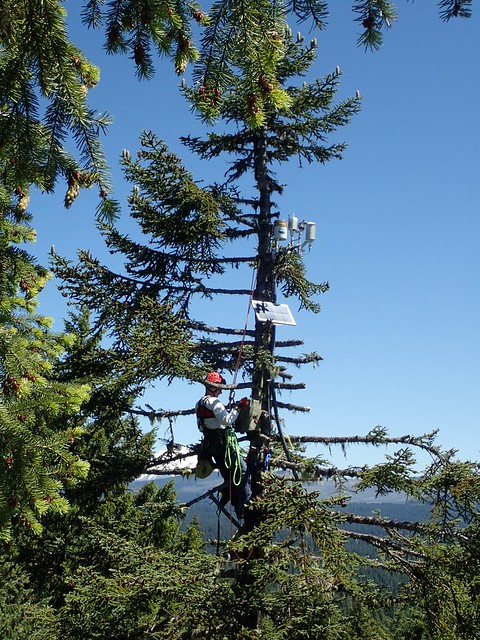Type of Event: Study Tour
Topic: Non-timber forest products from small woodlands
Organization: Oregon Woodland Cooperative (OWC)
Location: Beaverton, OR
Host: Neil and Ardis Schroeder
International Fellows: Adam Wasiak (Poland), Ana de Miguel (Spain), Andrea Cornejo (Nicaragua), Karishmaa Pai (India), Samantha Kwan (Malaysia), Yu Lei (China)
WFI Staff: Shadia Duery / International Fellowship Manager
On this day we visited Neil and Ardis Schroeder's home office in Beaverton. They welcomed us with warm smiles and fresh grape juice from their backyard's vines. Neil is the president of the Oregon Woodland Cooperative (OWC), an organization founded in 1980 that currently has 70 members, all private forest landowners who own and manage family forest farms.
The Coop educates its members on forest best management practices and non-timber forest products development for extra revenue. The cooperative also provides support with the marketing and distribution of these non-timber forest products.
 |
| Neil Schroeder from OWC showing the WFI fellows the different products of the Coop |
 | |
| Each OWC firewood label showcases a brief story of the woodland owner where the wood originates |
The Coop's marketing strategy focuses on finding niche markets that already offer local, fresh, organics products to their customers (people that already care about consuming local and sustainable products). The Coop uses strategies like 'story telling' of 'where the product comes from' to connect the final consumer to the product/producer. For example: Each firewood bundle showcases a different forest farm story, and people like them so much they started to collect them.The work of this small cooperative is really inspiring!
 |
| Non-timber forest products: Six coniferous essential oils |
In Nicaragua, forest management practices that provide economic benefits to the landowner are critical to reduce the pressure for land conversion to agricultural land.
Small forest landowners have a hard time making a living by managing their land for timber. Timber production is a game of scale and the smaller the land the harder it gets! This is why organizing small forest landowners for developing and commercializing non-timber products sounds like a very enticing model for the small Nicaraguan forest landowner.
Lessons from OWC cooperative:
- Creativity is a key ingredient in innovation. The Coop is looking for ways to use otherwise residues, defective or overlooked parts of trees to make products that are useful for certain audiences.
- Sound marketing is a vital part of any business. The Coop looked for the support of marketing professionals and designers to assist them in creating a strong brand. Even as a small business Coop their label designs, packaging and marketing strategy are first class.
- Dedication and continuous improvement are required to achieve success. The Oregon Woodland Cooperative has leaders dedicated to making their business model a success for all their members. Neil, Ardis and their colleagues are continuously looking for ways to improve their products quality and variety as well as exploring potential new markets for their products.
For more information about the Oregon Woodland Cooperative, please visit www.oregonwoodlandcooperative.com













